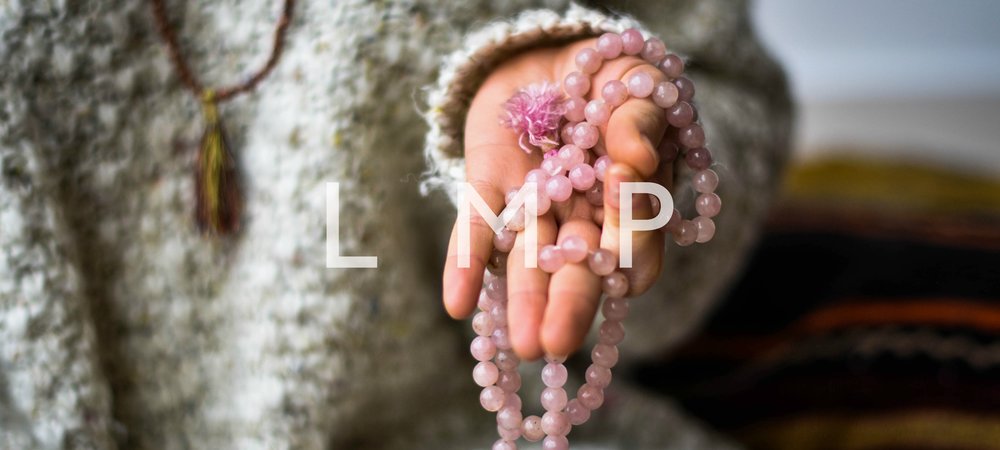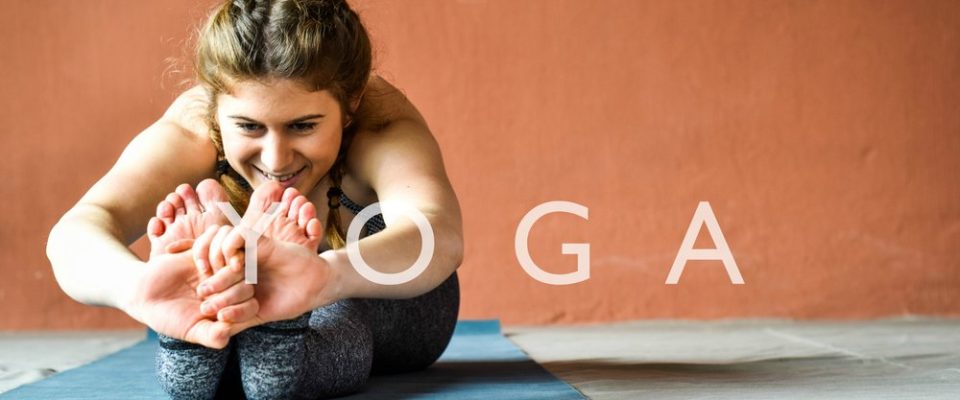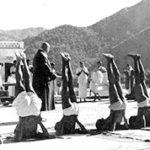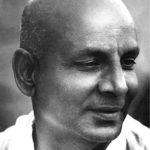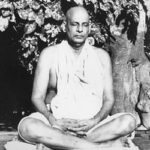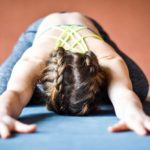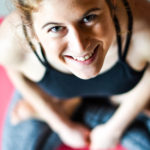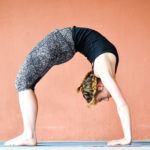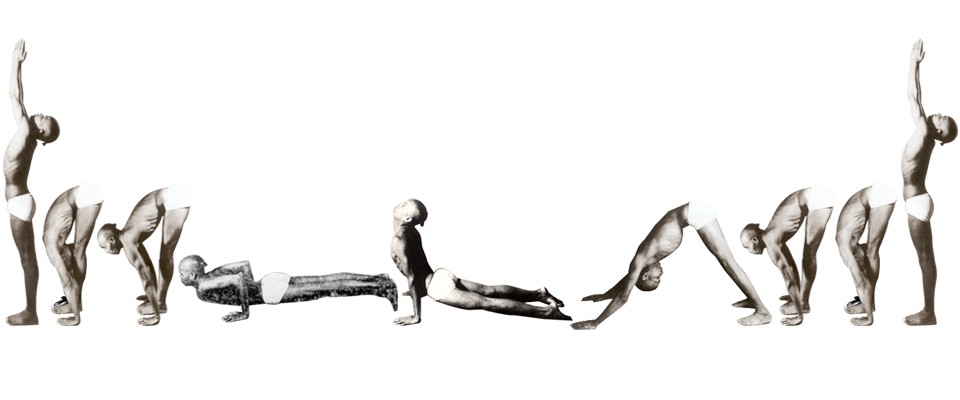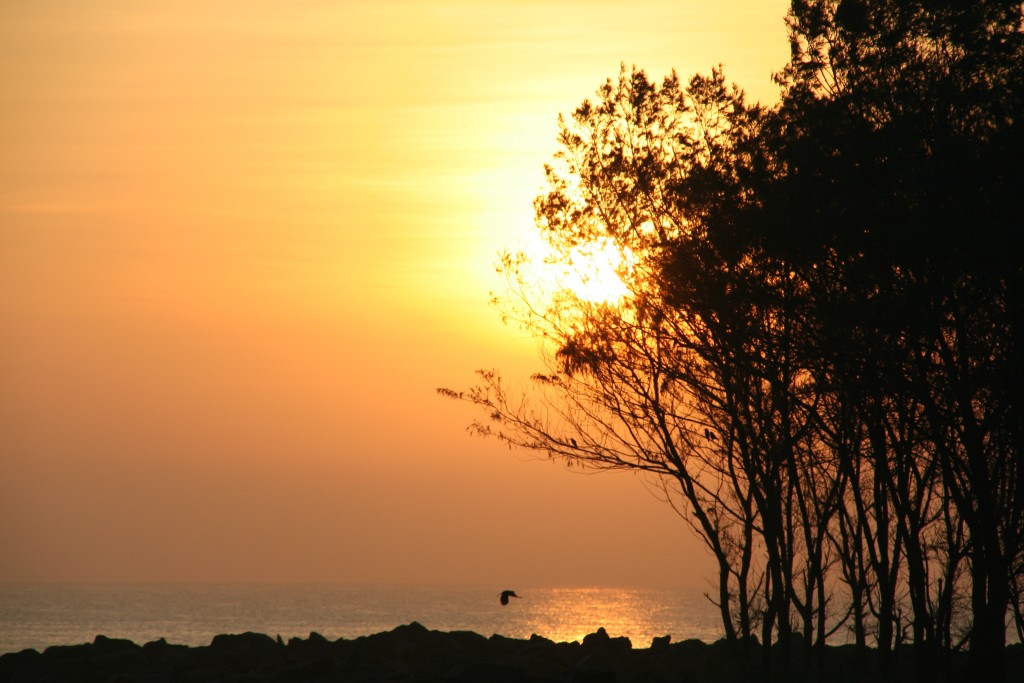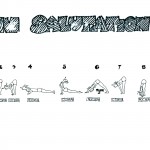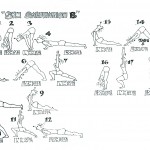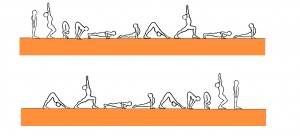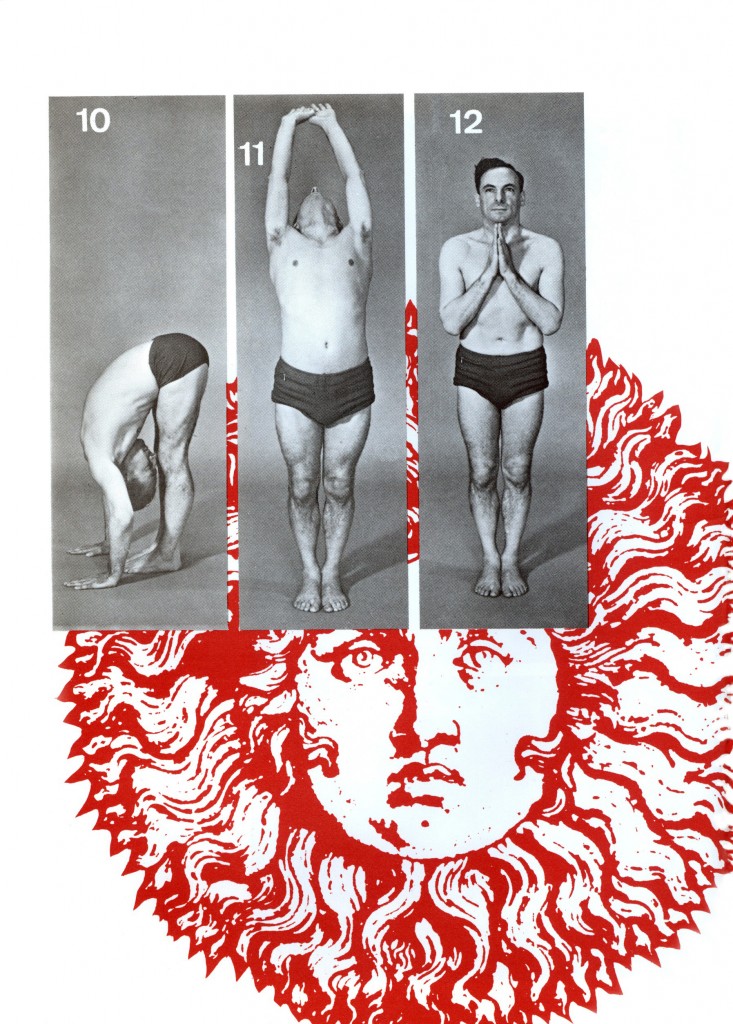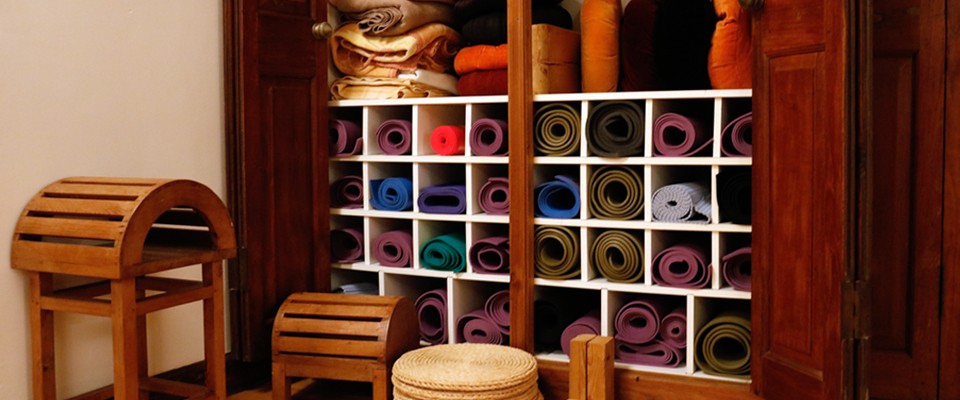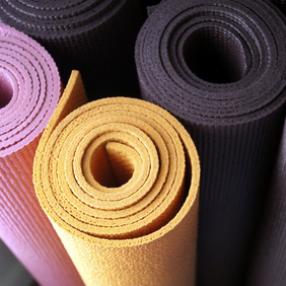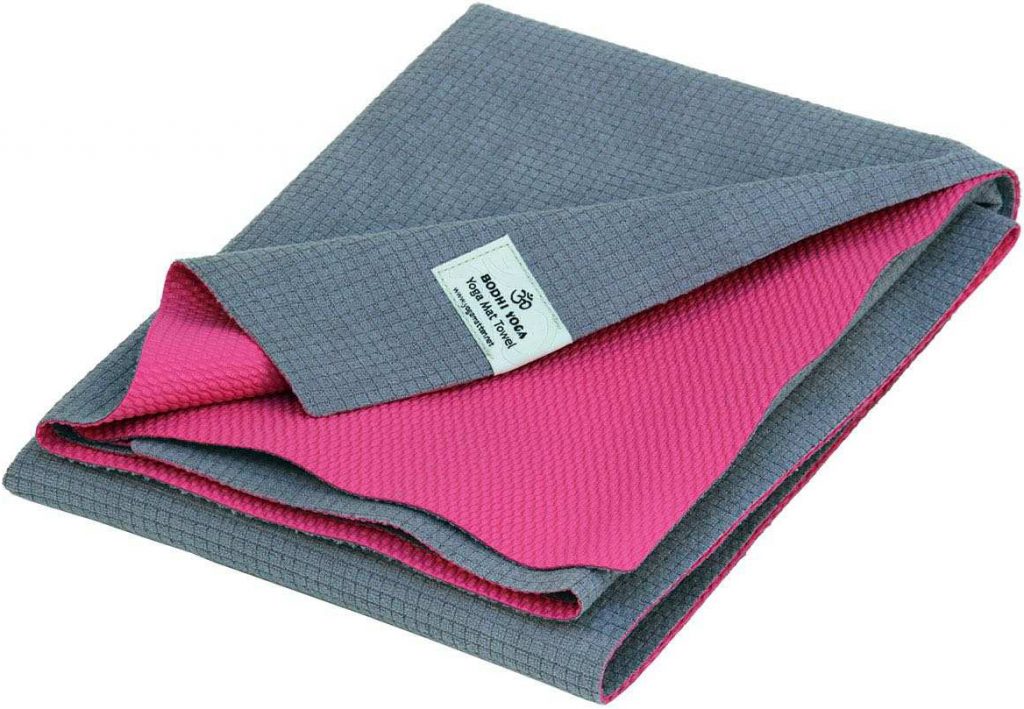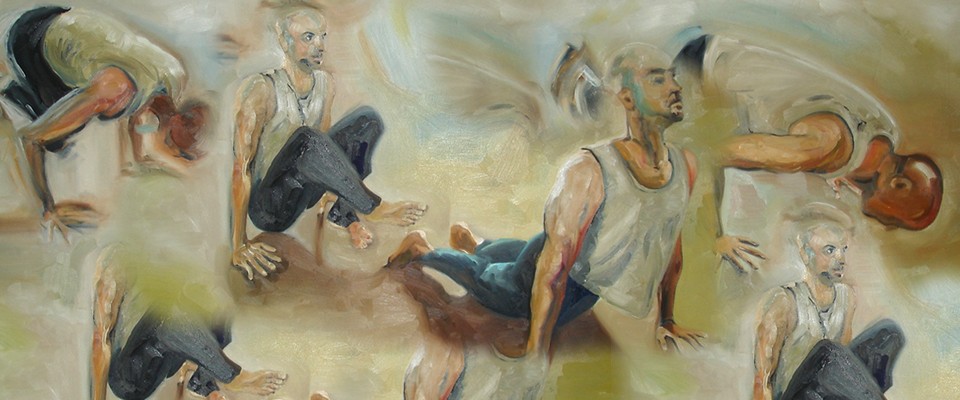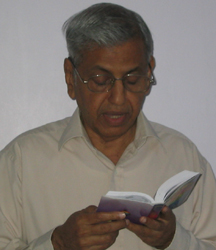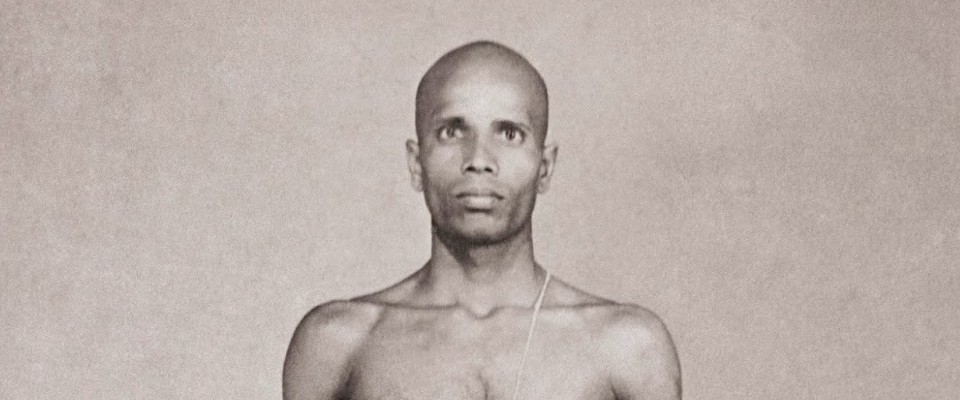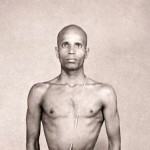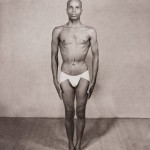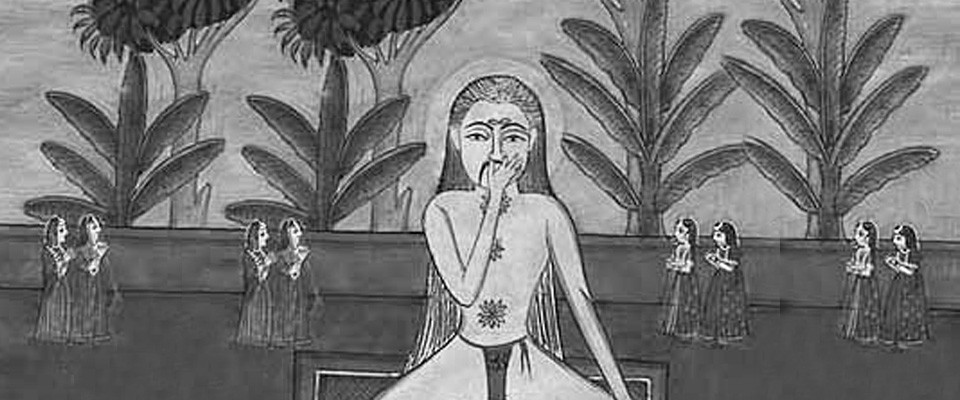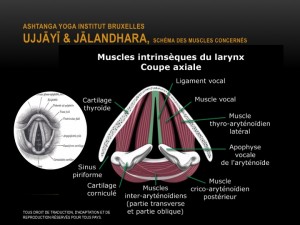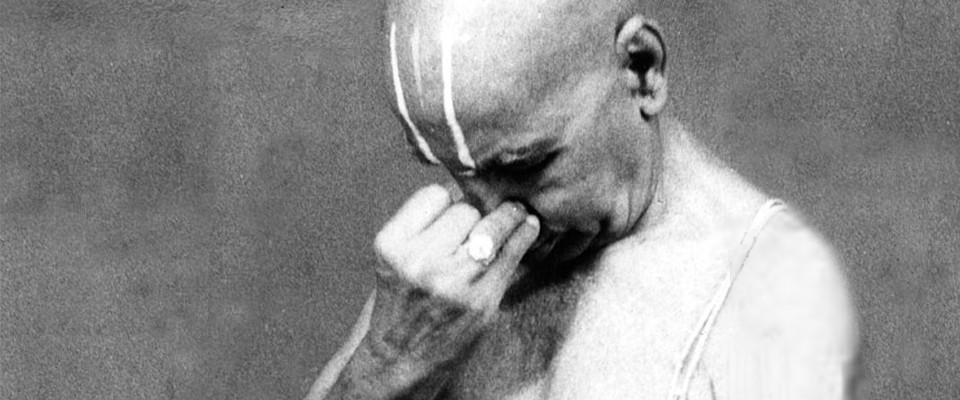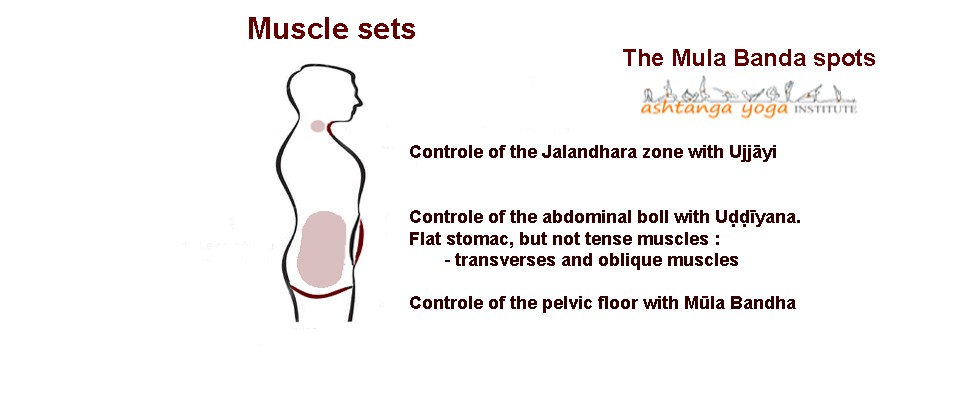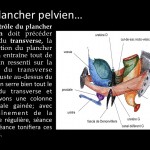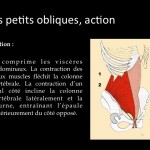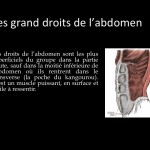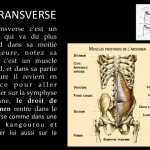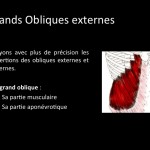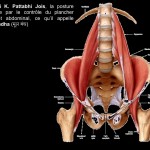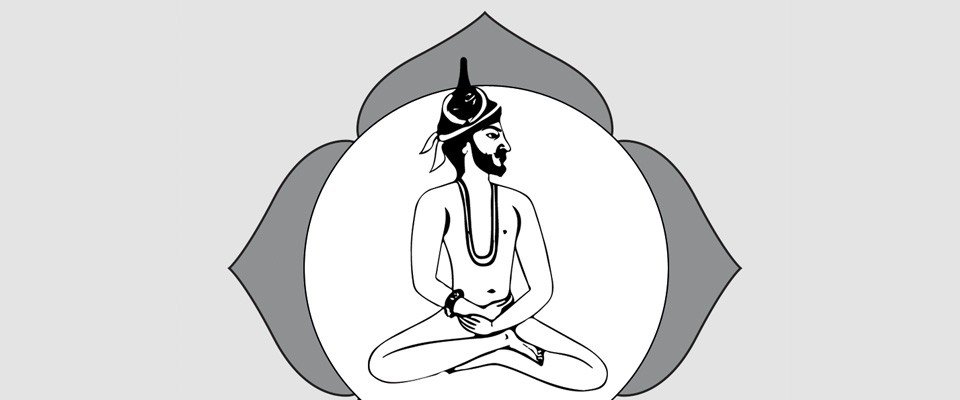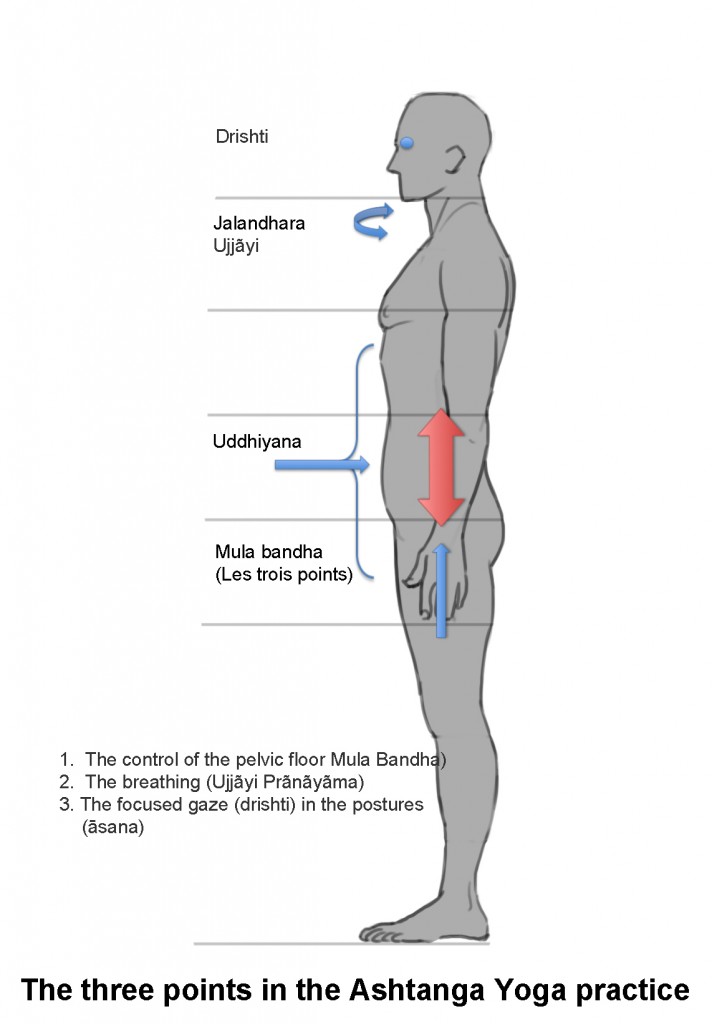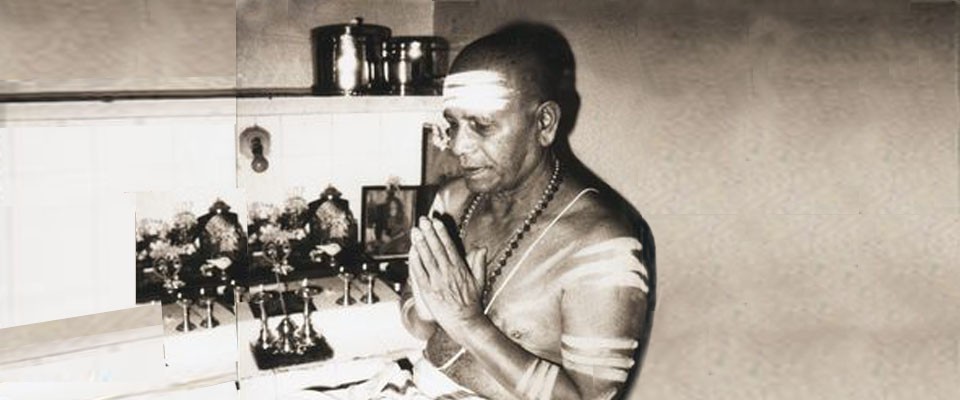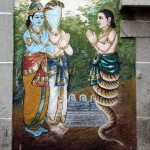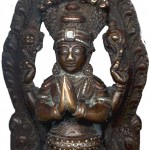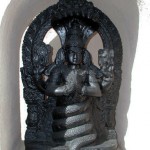According to Sri K. Pattabhi Jois’ teachings, this prayer expresses the wish/desire to liberate oneself from illusions (Māyā) in order to obtain the reach the Supreme knowledge (Satcitānanda). It is always recited by yogis before the Ashtanga yoga practice.
The chant at the start of the class (opening chant)
It is presented as a moment of change, an inner attitude, a rite of passage that goes from the profane time to the sacred time.
Its goal is to produce a change of direction in the senses that in the profane/secular time are turned towards the exteriority, to go towards the sacred time of the interiority in order to reach the feeling of unity with oneself.
It is a time devoted to the awakening of the inner life in the yogi’s heart.
After the agitation of the profane world, this realigning allows us to find « the immobility, the rest, the calm, the inner silence » from the Greek ἡσυχασμός (hesychasmos) « be in peace, stay silent » from the Greek ἡσυχάζω (hesychadzo). It aims at the soul’s peace/inner peace.
« God became man, so that the man could become God »
Athanasius of Alexandria (Αθανάσιος)
298 – 373
अष्टाङ्गयोग मंत्रम्
वन्दे गुरूणां चरणारविन्दे
सन्दर्शित स्वात्म सुखाव बोधे ।
vande gurūṇāṁ caraṇāravinde
sandarśita svātma sukhāva bodhe |
निःश्रेयसे जङ्गलिकायमाने
संसार हालाहल मोहशांत्यै ॥
niḥ-śreyase jaṅgali-kāyamāne
saṁsāra hālāhala mohaśāṁtyai ||
आबाहु पुरुषाकारं
शंखचक्रासि धारिणम् ।
ābāhu puruṣākāraṁ
śaṁkhacakrāsi dhāriṇam |
सहस्र शिरसं श्वेतं
प्रणमामि पतञ्जलिम् ॥
sahasra śirasaṁ śvetaṁ
praṇamāmi patañjalim ||
ॐ
vande gurūṇāṁ caraṇāravinde
sandarśita svātma sukhāva bodhe
niḥ-śreyase jaṅgali-kāyamāne
saṁsāra hālāhala mohaśāṁtyai
ābāhu puruṣākāraṁ
śaṁkhacakrāsi dhāriṇam
sahasra śirasaṁ śvetaṁ
praṇamāmi patañjalim
ॐ
Translation in English (from Jean Claude’s French translation)
Om (ॐ)
I bow to the lotus feet of the Supreme Guru.
Who teaches the Knowledge, awakening the great happiness of one’s own self revelation.
He acts as the jungle physician,
capable of dispersing the illusions and the poison of a conditioned existence.
To Patañjali, Adisesa’s incarnation, of white colour, with a thousand radiant faces (under the form of divine serpent Ananta),a human form below the shoulders, holding the sword of discrimination, a wheel of fire symbolising eternity and the conch representing the divine sound.
I bow.
Om
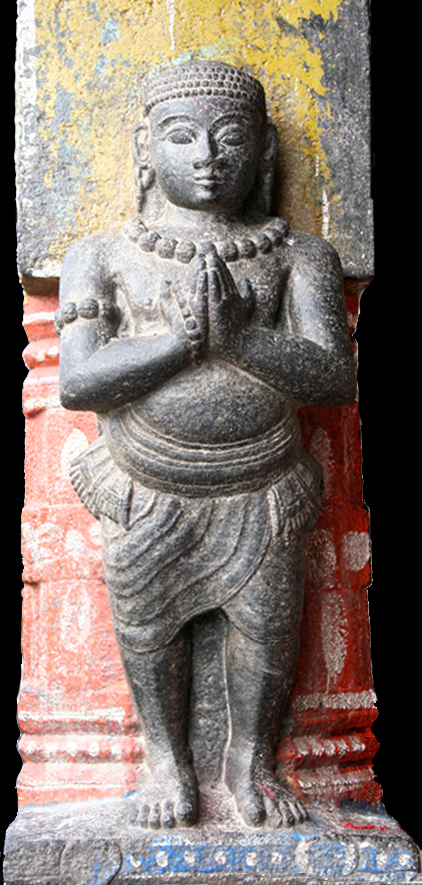
Granit statue prayer
The chant at the end of the class (closing chant)
After the asana practice, it is time for the end-of-class chant in Sanskrit.
After having explored our interiority, we say good-bye to each other.
We leave with the promise of meeting again.
This chant is a way of saying thank you, of thanking the Yoga masters.
Now we reopen our self to the exteriority so that we can share our peace with the world.
Before leaving, lying down on the floor, it is time to integrate the yoga class (Savāsana position).
OM
स्वस्तिप्रजाभ्यः परिपालयंतां
न्यायेन मार्गेण महीं महीशाः ।
svasti-prajā-bhyaḥ pari-pāla-yaṁtāṁ
nyāyena mārgeṇa mahīṁ mahīśāḥ |
गोब्राह्मणेभ्यः शुभमस्तु नित्यं
लोकाः समस्ताः सुखिनोभवंतु ॥
go-brāhmaṇebhyaḥ śubham-astu nityaṁ
lokāḥ samastāḥ sukhino-bhavaṁtu ||
ॐ शान्तिः शान्तिः शान्तिः
auṁ śāntiḥ śāntiḥ śāntiḥ
Translation in English (from Jean Claude’s French translation)
Om
May all men be protected and live in peace.
May those who lead walk on the path of justice.
May the whole world and those who search for truth, be under the Divine protection.
So everyone will have a happy existence.
Om, be in peace, go in peace, share the peace…
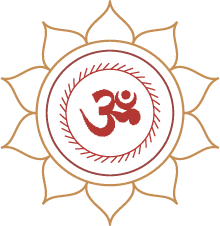
Om, the sacred syllable is all, what was, what is and what will be; imperishable, it is beyond the three times. »
Māṇḍūkya Upaniṣad

